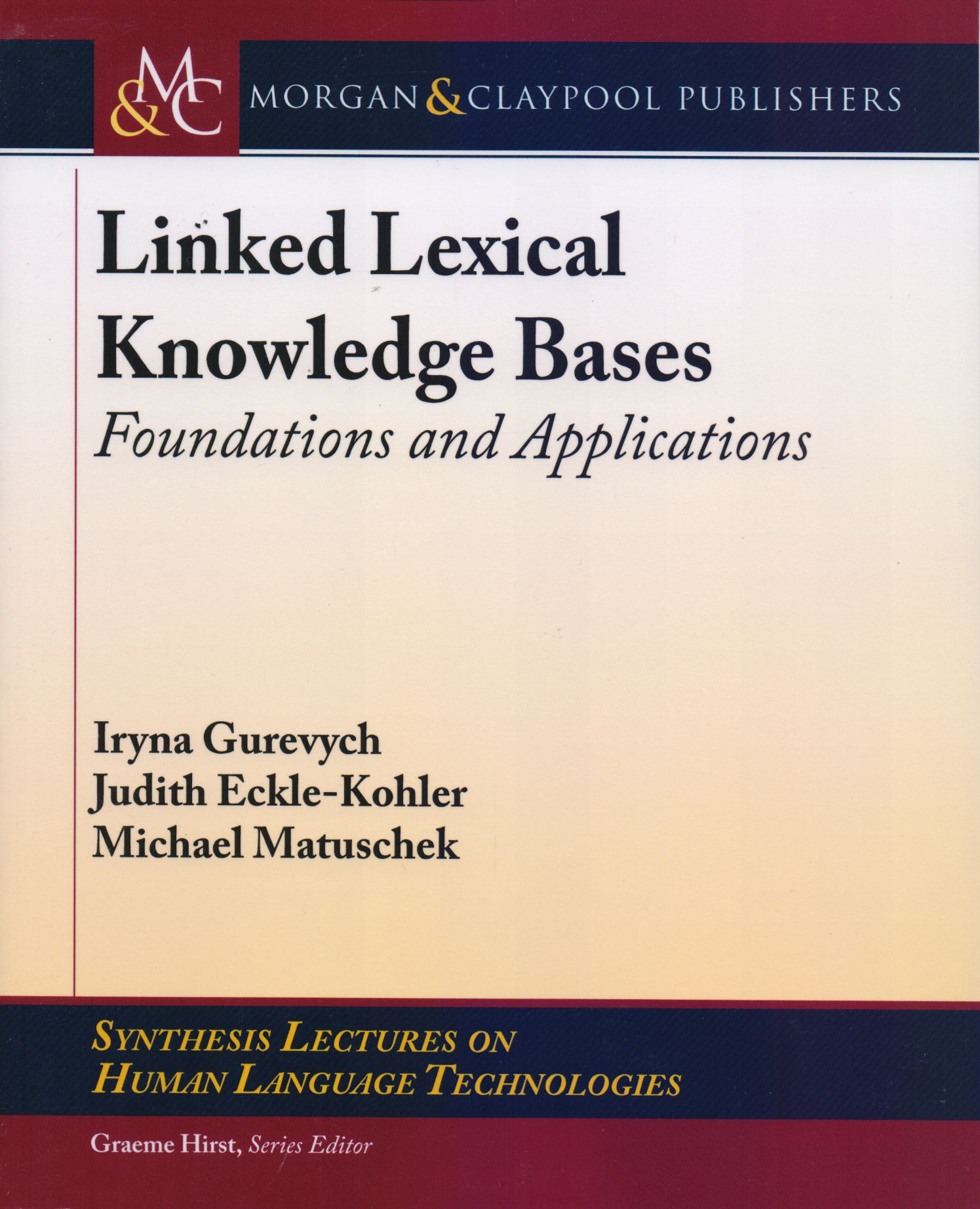Libros relacionados
 |
Resistive Random Access Memory (Rram): From Devices To Array Architectures Yu, Shimeng Morgan & Claypool Publishers |
 |
Linked Lexical Knowledge Bases: Foundations And Applications Gurevych, Iryna / Eckle-Kohler, Judith / Matuschek, Michael Morgan & Claypool Publishers |
 |
Design Of Visualizations For Human-Information Interaction: A Pattern-Based Fram Sedig, Kamran / Parsons, Paul Morgan & Claypool Publishers |
 |
Minitab Handbook: Updated For Release 16 Ryan, Barbara / Joiner, Brian / Cryer, Jonathan Cengage Learning Editores, S.A. de C.V. |
 |
Innovación: Desafío Para el Desarrollo en el Siglo XXI Mutis, Josè Celestino Universidad Nacional de Colombia |
 |
Turning Toward Technology: A Glimpse Into The Asian Paradigm Teschner, George / Tomasi, Alessandro Transaction Publishers |
 |
Android: Programación de Dispositivos Móviles a Través de Ejemplos Amaro Soriano, José Enrique Alfaomega Grupo Editor S.A. de C.V. |


|
Título: Crack Analysis In Structural Concrete. Theory And Applications | |
| Autor: Shi Zihai | Precio: $1400.00 | |
| Editorial: Butterworth-Heinemann | Año: 2009 | |
| Tema: Ingenieria Civil, Tecnologia, Construccion | Edición: 1ª | |
| Sinopsis | ISBN: 9780750684460 | |
| This new book on the fracture mechanics of concrete focuses on the latest developments in computational theories, and how to apply those theories to solve real engineering problems. Zihai Shi uses his extensive research experience to present detailed examination of multiple-crack analysis and mixed-mode fracture.
Compared with other mature engineering disciplines, fracture mechanics of concrete is still a developing field with extensive new research and development. In recent years many different models and applications have been proposed for crack analysis; the author assesses these in turn, identifying their limitations and offering a detailed treatment of those which have been proved to be robust by comprehensive use. After introducing stress singularity in numerical modelling and some basic modelling techniques, the Extended Fictitious Crack Model (EFCM) for multiple-crack analysis is explained with numerical application examples. This theoretical model is then applied to study two important issues in fracture mechanics - crack interaction and localization, and fracture modes and maximum loads. The EFCM is then reformulated to include the shear transfer mechanism on crack surfaces and the method is used to study experimental problems. With a carefully balanced mixture of theory, experiment and application, Crack Analysis in Structural Concrete is an important contribution to this fast-developing field of structural analysis in concrete. |
||
Librería Bonilla SA de CV © Todos los derechos reservados. 2019
Última actualización: Jul 2019




